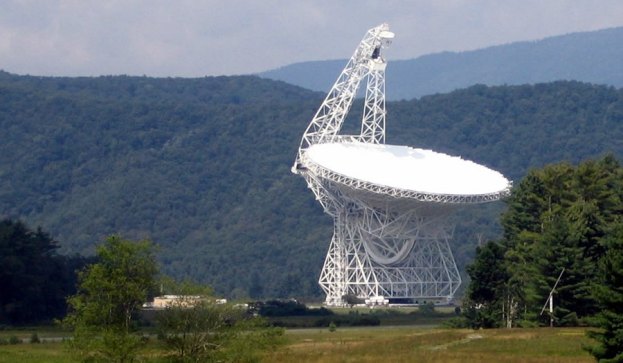
According to a story covered by the BBC earlier this week, an estimated five percent of Americans are suffering from EHS (Electromagnetic Hypersensitivity) and suffer from symptoms like headaches, muscle twitching, skin burning and constant pain due to electromagnetic fields created by devices such as computers and mobile phones. While the medical community is still debating the validity of EHS, this hasn’t stopped people from flocking to Green Bank, West Virginia, an extremely small town located in the Allegheny Mountains. Green Bank is safe to live within for EHS victims as it is located within US Radio Quiet Zone, an area that bans wireless signals to prevent interference with several radio telescopes in the vicinity. The radio telescopes are owned by the National Radio Astronomy Observatory as well as the U.S. military for use in the spy network.

Sweden is the only country in the world that officially recognizes Electromagnetic Hypersensitivity as a medical problem. People in the United States that believe they are suffering from these issues can attempt to move to remote locations, but are likely to find cell towers constructed nearby at some point as companies like AT&T and Verizon compete to cover more landscape with signals for mobile phones.


